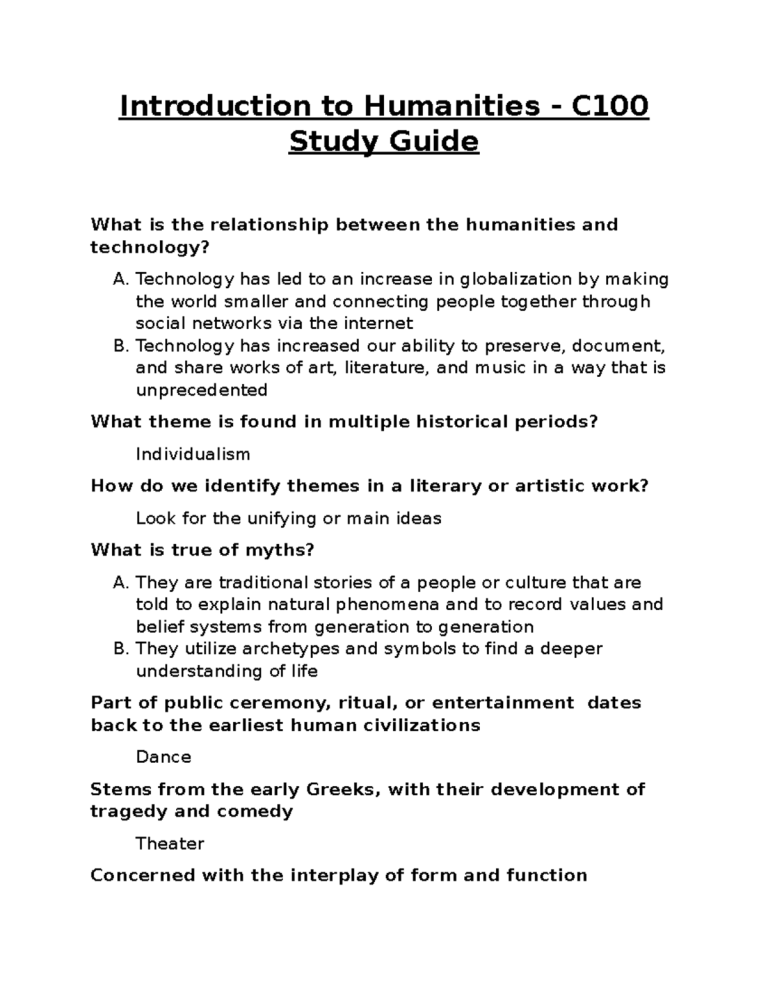The bond between dogs and humans is one of the most enduring and profound relationships in the animal kingdom. This remarkable dog-human bond has been the subject of increasing interest in canine research, especially as studies delve into concepts such as dogs and empathy and emotional intelligence in dogs. Understanding dog behavior studies has unveiled the complexities of canine emotions, revealing how dogs respond to our needs and feelings in ways that are deeply moving. Through platforms like The Dogist and ongoing animal behavior research, we’re gradually unveiling the layers of this relationship, highlighting not just affection, but also a sophisticated understanding between species. As our furry companions continue to enrich our lives, the scientific exploration of this bond promises to deepen our appreciation and connection with them.
The connection we share with our canine friends is often described in various terms, reflecting the multidimensional nature of this unique relationship. Many refer to it as the human-canine partnership, while others might highlight the emotional ties that form between pets and their owners. Canine companionship has become an integral part of human life, fostering a sense of belonging and emotional support that often transcends simple affection. As we explore this interaction, concepts like empathic behavior in dogs and socialization roles emerge, showcasing the intricate network of communication between us and our dogs. This exploration not only enriches our understanding of dog behavior but also enhances our ability to form deeper emotional bonds.
Exploring the Dog-Human Bond
The bond between dogs and humans is one of the most profound relationships found in nature. Research has shown that this connection is built on emotional intelligence, with dogs displaying not only loyalty but empathy towards their human companions. Erin Hecht, a notable canine researcher from Harvard University, emphasizes that dogs are fundamentally social beings programmed to form bonds with humans. This relationship has adapted over thousands of years, making dogs not just companions but integral members of our families, improving our emotional well-being.
Conversely, studies also reveal that humans reciprocate this bond through affection and care that fosters a stronger connection. As highlighted in conversations with Elias Weiss Friedman, the creator of “The Dogist,” the visual emotion captured in photos of dogs reflects their candidness and honesty, showcasing their genuine emotions. This reciprocated affection validates the emotional connection between species, creating an unbreakable dog-human bond that is both beneficial and enriching.
Canine Research and Understanding Behavior
Recent canine research has unveiled astonishing insights into the cognitive abilities and emotional responses of dogs. At the forefront of this research is Erin Hecht, who utilizes MRI technology to delve deep into the canine brain. This scientific approach enables her to explore how dogs process their experiences, revealing signatures of fear, aggression, and emotional intelligence that correlate to their behavior. Hecht’s work illustrates that individual differences amongst dog breeds can be traced back to their evolutionary history and the specific roles they’ve played alongside humans throughout the ages.
Friedman’s photographic approach captures dogs in their most candid forms, offering a complementary perspective to Hecht’s scientific findings. By documenting the natural behaviors of tens of thousands of dogs, he invites followers to appreciate the nuances of canine expressions and the varied emotional landscapes they embody. Together, these disciplines enrich our understanding of dog behavior studies, leading to greater empathy for our furry companions and an appreciation of their complex emotional worlds.
Dogs and Empathy: Scientific Insights
Empathy in dogs is a fascinating area of study, revealing how our four-legged friends connect with human emotions. In the example shared by Hecht in her lab, Sasha the Labrador instinctively provided comfort to Friedman during an experimental setup, illustrating dogs’ remarkable ability to sense human distress. This type of empathetic behavior is not just anecdotal; it has been documented through rigorous canine research, showing that many dogs respond emotionally to their human’s feelings, whether it be joy, sadness, or pain.
The implications of dogs’ empathetic skills extend beyond companionship—studying these behaviors can lead to insights about emotional intelligence in dogs and their role in therapeutic settings. As Hecht notes, understanding how dogs react to human emotions can aid in training and utilizing canine assistance for those in need. This burgeoning field of research continually uncovers the layers of communication and emotional exchange between dogs and humans, further solidifying the importance of empathy in enhancing the dog-human bond.
The Role of The Dogist in Canine Culture
Elias Weiss Friedman, the visionary behind “The Dogist,” strives to celebrate the canine culture through his captivating photography. By capturing the diverse personalities of dogs across various backgrounds, Friedman has fostered a greater appreciation for this rich subject matter. His work not only highlights individual dog stories but also brings to light the broader themes of community engagement and friendship that dogs cultivate among people.
The Dogist serves as a bridge between canine appreciation and human connection, demonstrating through visual storytelling how dogs contribute to social cohesion. As Friedman points out, acquiring a dog often opens up a new social realm, allowing owners to meet neighbors and bond over shared experiences. Through his work, Friedman encourages us to consider the deeper relationships we share with our pets and the joy they bring into our lives.
Understanding Emotional Intelligence in Dogs
Emotional intelligence in dogs is an intriguing aspect that researchers like Hecht are beginning to fully explore. Dogs are capable of understanding and responding to human emotions, often acting as emotional support and comforters in times of distress. Their ability to read human cues and react appropriately underscores the intertwined nature of dog behavior and human emotional states. This remarkable connection illustrates how deeply rooted the relationships are between dogs and humans.
Furthermore, studies into emotional intelligence shed light on how different breeds exhibit varying levels of emotional responsiveness, which can be linked back to their respective roles in human society. For instance, breeds that have been historically trained for tasks requiring close interaction with people often show higher levels of empathy and social awareness. Understanding these distinctions helps trainers and pet owners foster a supportive environment that taps into a dog’s emotional capabilities, leading to a more harmonious relationship.
The Science Behind Canine Behavior Studies
The field of canine behavior studies is rapidly evolving, offering fascinating insights into how dogs perceive and interact with the world around them. Hecht’s research dives deep into the neurobiological elements driving these behaviors, utilizing innovative tools like MRI technology. This scientific interest aligns with broader queries about how dogs’ brains function, enhancing our understanding of canine cognition and emotional responses.
By integrating findings from neuroscience and behavioral observations, researchers can paint a comprehensive picture of what motivates dogs. They can assess their reactions to stimuli, social interactions, and even emotional challenges. Such studies not only aid in training and therapy practices but also contribute to the welfare of dogs, ensuring a deeper understanding of how to meet their emotional and intellectual needs.
Community Engagement Through Dogs
Dogs have a unique ability to act as social catalysts, fostering connections within communities. Friedman highlights this phenomenon in his experiences, indicating that having a dog often leads to new friendships and neighborhood camaraderie. As dog owners gather at parks or participate in community events, these interactions create a bond not only between humans and their pets but also among the people themselves.
This aspect of canine companionship extends beyond simple socialization; dogs create a shared identity among their owners, often leading to collaborative efforts for social good. Whether it’s through dog rescue organizations or community walks, these interactions underscored by a shared love for dogs emphasize the power of pets in building community. Dogs serve not just as companions but as social lubricants that bridge gaps between diverse individuals.
The Emotional Impact of Dogs on Humans
The emotional impact of dogs on human life is profound, contributing to mental health and overall well-being. Friedman and Hecht both emphasize the therapeutic value dogs offer, from alleviating stress to providing companionship during difficult times. This emotional support is often backed up by research indicating that the presence of dogs can lower cortisol levels and increase oxytocin, promoting feelings of calm and attachment.
Moreover, the joy and happiness dogs bring into our lives can lead to improved societal perceptions of mental health. By showcasing the integral role dogs play in our emotional lives, proponents like Hecht advocate for more structured support for therapeutic dog programs. As more people recognize the emotional benefits of having a canine companion, the push for increased research and resources in this area becomes even more essential.
Future Directions in Canine Research
As interdisciplinary approaches to canine research evolve, the future holds exciting possibilities for deeper insights into the dog-human bond. Studies are increasingly focused on how dogs communicate with humans, including their emotional expressions and non-verbal cues. Hecht’s research into the neurobiological underpinnings of canine behavior sets a precedent for future inquiries, inviting broader conversations about the connections we share with our pets.
Moreover, the inclusion of community involvement in canine studies is gaining traction, as researchers like Hecht seek participants from various backgrounds to understand the diverse relationships people have with their dogs. This integrative approach aims to elevate the quality of life for both dogs and their owners, paving the way for advancements in training, therapy, and emotional support that reflect the complexities of canine companionship.
Frequently Asked Questions
How does the dog-human bond relate to empathy in dogs?
The dog-human bond is deeply intertwined with empathy, as studies indicate that many dogs can sense human emotions and respond accordingly. Research in canine behavior demonstrates that dogs can exhibit empathetic reactions, particularly in stressful scenarios, highlighting their emotional intelligence and ability to connect with their human companions.
What insights does canine research provide about the dog-human bond?
Canine research, particularly studies using MRI technology, reveals the complex emotional lives of dogs and their cognitive abilities. Understanding how a dog’s brain responds to various stimuli helps elucidate the profound bond they share with humans, showcasing their capacity for emotional engagement and responsiveness.
How does The Dogist project enrich our understanding of the dog-human bond?
The Dogist, led by Elias Weiss Friedman, captures candid moments of dogs and their interactions with people, highlighting the authenticity of their expressions. This visual documentation enhances our understanding of the dog-human bond by showcasing the emotional connections and social dynamics that occur during everyday encounters.
What role do dog behavior studies play in strengthening the dog-human bond?
Dog behavior studies serve as essential resources for improving our understanding of the dog-human bond. By exploring how dogs interpret human actions and emotions, these studies enhance our interaction with them, leading to stronger relationships built on trust and mutual understanding.
Can emotional intelligence in dogs enhance the dog-human bond?
Yes, emotional intelligence in dogs is a key factor that enhances the dog-human bond. This intelligence allows dogs to read human emotional cues, fostering empathy and responsiveness, which deepens the emotional connections between dogs and their owners.
| Key Points |
|---|
| Erin Hecht studies dog brains using MRIs to understand dog emotions and behavior. |
| Elias Weiss Friedman, known for “The Dogist” Instagram, captures candid moments of dogs, showcasing their honesty in expressions. |
| Both researchers emphasize the deep bonds dogs form with humans as social partners. |
| Hecht’s research investigates the effects of stress and trauma on dogs, recruiting subjects for related studies. |
| Friedman discusses how dogs act as social catalysts, enhancing community connections among dog owners. |
Summary
The dog-human bond is a profound and nurturing relationship that reflects deep emotional connections. Scientists like Erin Hecht and photographers like Elias Weiss Friedman explore this bond through research and art, revealing how dogs are not only companions but essential parts of human communities. They enhance our lives with their empathy and social behavior, inviting us to learn more about the cognitive and emotional complexities of our canine friends.







